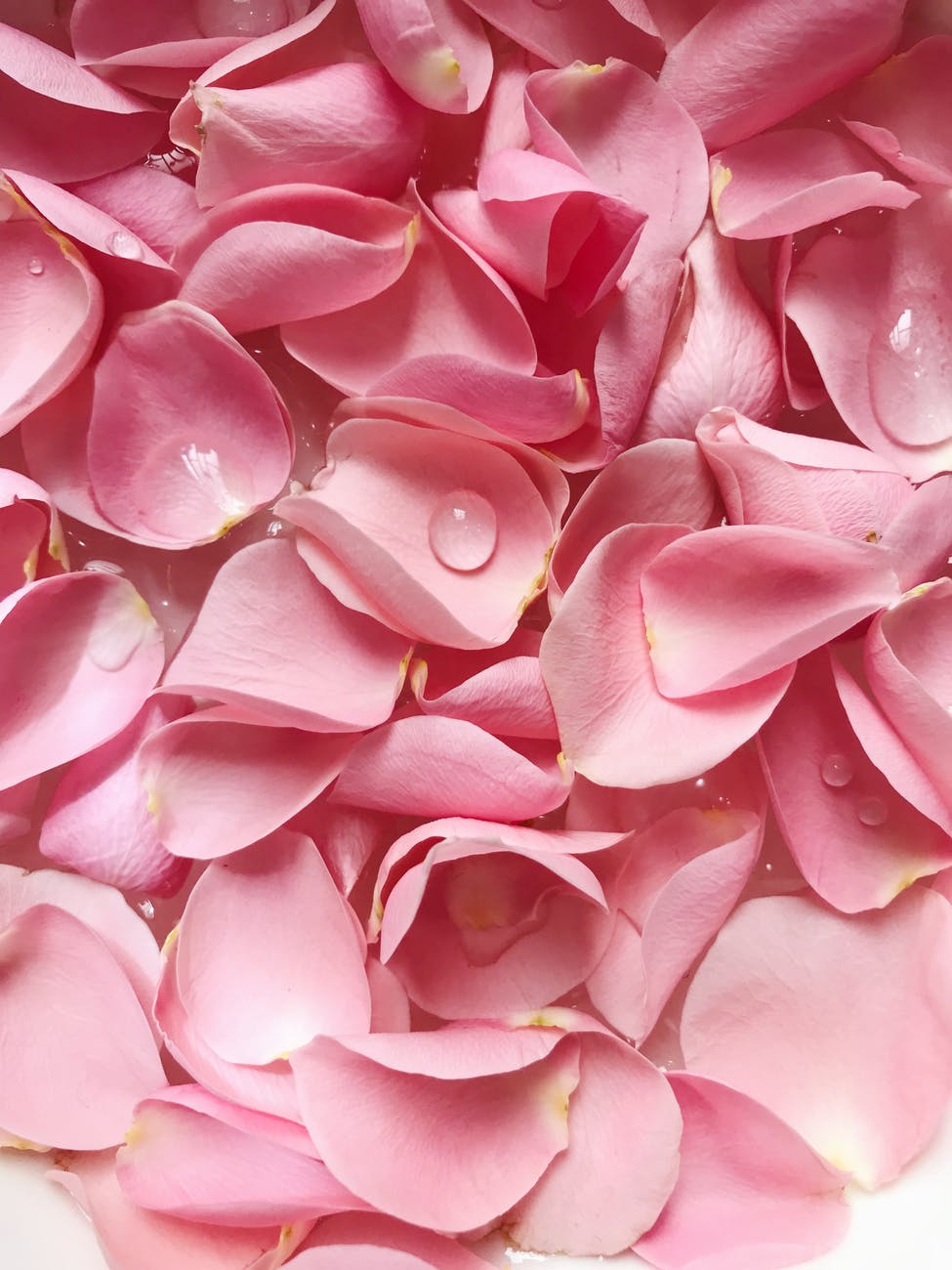rose-hipsThe rose, often called the queen of the flowers, has more to offer than beauty. Medical Herbalist Karina Hilterman expounds its medicinal values.
Rose, a beautiful, fragrant flower whose blooms inspire many a poem of love and romance.
Roses have medicinal properties, so they can be called a medicinal herb. Until the 1930s they were still considered an official medicine by doctors for both internal and topical treatments.




